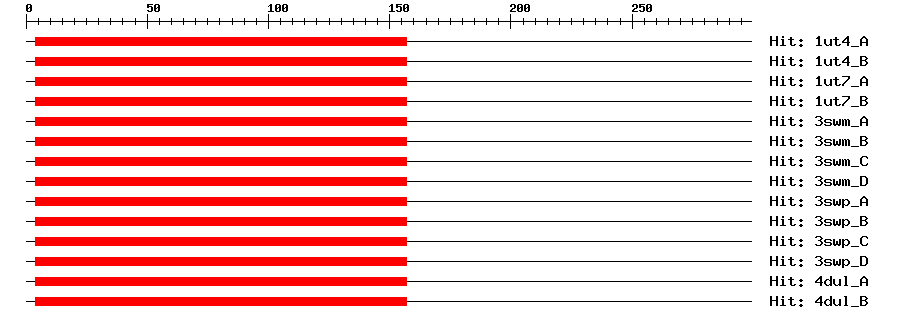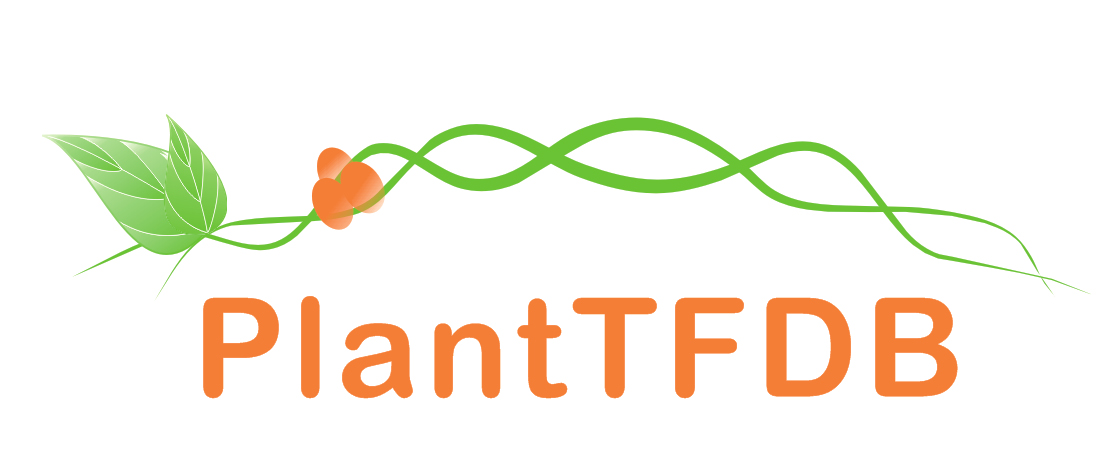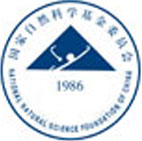| Signature Domain? help Back to Top |
 |
| No. |
Domain |
Score |
E-value |
Start |
End |
HMM Start |
HMM End |
| 1 | NAM | 178.2 | 2.2e-55 | 5 | 131 | 1 | 129 |
NAM 1 lppGfrFhPtdeelvveyLkkkvegkkleleevikevdiykvePwdLpkkvkaeekewyfFskrdkkyatgkrknratksgyWkatgkdkevlsk 95
lppGfrFhPtdeel+++yL++kv+++ ++ +++ +vd +k+ePwdLp+k++ +ekewyfF rd+ky+tg r+nrat++gyWk+tgkdke+++
XP_009135577.1 5 LPPGFRFHPTDEELITHYLCRKVSDTGFTG-KAVVDVDFNKCEPWDLPAKASMGEKEWYFFNLRDRKYPTGLRTNRATEAGYWKTTGKDKEIYQ- 97
79*************************999.88***************999999****************************************. PP
NAM 96 kgelvglkktLvfykgrapkgektdWvmheyrle 129
+g lvg+kktLvfykgrapkgek++Wvmheyrle
XP_009135577.1 98 SGVLVGMKKTLVFYKGRAPKGEKSNWVMHEYRLE 131
999*****************************85 PP
|
| 3D Structure ? help Back to Top |
 |
| PDB ID |
Evalue |
Query Start |
Query End |
Hit Start |
Hit End |
Description |
| 1ut4_A | 5e-58 | 4 | 157 | 16 | 171 | NO APICAL MERISTEM PROTEIN |
| 1ut4_B | 5e-58 | 4 | 157 | 16 | 171 | NO APICAL MERISTEM PROTEIN |
| 1ut7_A | 5e-58 | 4 | 157 | 16 | 171 | NO APICAL MERISTEM PROTEIN |
| 1ut7_B | 5e-58 | 4 | 157 | 16 | 171 | NO APICAL MERISTEM PROTEIN |
| 3swm_A | 5e-58 | 4 | 157 | 19 | 174 | NAC domain-containing protein 19 |
| 3swm_B | 5e-58 | 4 | 157 | 19 | 174 | NAC domain-containing protein 19 |
| 3swm_C | 5e-58 | 4 | 157 | 19 | 174 | NAC domain-containing protein 19 |
| 3swm_D | 5e-58 | 4 | 157 | 19 | 174 | NAC domain-containing protein 19 |
| 3swp_A | 5e-58 | 4 | 157 | 19 | 174 | NAC domain-containing protein 19 |
| 3swp_B | 5e-58 | 4 | 157 | 19 | 174 | NAC domain-containing protein 19 |
| 3swp_C | 5e-58 | 4 | 157 | 19 | 174 | NAC domain-containing protein 19 |
| 3swp_D | 5e-58 | 4 | 157 | 19 | 174 | NAC domain-containing protein 19 |
| 4dul_A | 5e-58 | 4 | 157 | 16 | 171 | NAC domain-containing protein 19 |
| 4dul_B | 5e-58 | 4 | 157 | 16 | 171 | NAC domain-containing protein 19 |
| Search in ModeBase |
| Expression --
Description ? help
Back to Top |
| Source |
Description |
| Uniprot | DEVELOPMENTAL STAGE: First expressed in early to mid-globular-stage embryos. In late globular stage, detected as a stripe running medially across the top of the embryo. In heart stage embryo, expression is restricted to a stripe between the cotyledon primordia, but confined to hypodermal cells. In the bending-cotyledon stage, localized in a region surrounding the SAM, that correspond to the boundary region of cotyledon margins (BCM) and the boundaries between SAM and cotyledons, including protoderm cells. Observed in the margins of leaf primordia, and later restricted to the leaf sinus region, with a diminution in outgrowing teeth. Restricted to the proximal part of mature leaves. Expressed at the boundaries between the inflorescence meristem (IM) and flower primordia. Once the flower starts to grow out and the internode begin to elongates, restricted to the axils of the floral pedicels through several nodes. Detected within floral primordia, between sepal primordia and the floral meristem. Also present at the boundaries of individual sepal primordia, as well as in the region surrounding each petal and stamen primordium. Later detected transiently at the boundaries between locules of each theca in anthers. Expression at the inner part of presumtive septal regions that raises to include presumptive placenta, at the tips of septal primordia, as septum grow. Localized in the fused region of the septum. Found at the boundaries of ovule primordia, and later at the boundary between the nucellus and the chalaza. {ECO:0000269|PubMed:10079219, ECO:0000269|PubMed:10750709, ECO:0000269|PubMed:17098808, ECO:0000269|PubMed:17251269}. |
| Uniprot | TISSUE SPECIFICITY: Mostly expressed in buds and flowers, and, to a lower extent, in the aerial parts of seedling, inflorescence and old silique. In a general manner, present at the boundaries between mersitems and araising primordia. {ECO:0000269|PubMed:10750709, ECO:0000269|PubMed:15053771, ECO:0000269|PubMed:9212461}. |
| Functional Description ? help
Back to Top |
| Source |
Description |
| UniProt | Binds to the promoter regions of genes involved in chlorophyll catabolic processes, such as NYC1, SGR1, SGR2 and PAO. {ECO:0000269|PubMed:27021284}. |
| UniProt | Transcription activator of STM and KNAT6. Involved in molecular mechanisms regulating shoot apical meristem (SAM) formation during embryogenesis and organ separation. Required for the fusion of septa of gynoecia along the length of the ovaries. Activates the shoot formation in callus in a STM-dependent manner. Controls leaf margin development and required for leaf serration. Involved in axillary meristem initiation and separation of the meristem from the main stem. Regulates the phyllotaxy throughout the plant development. Seems to act as an inhibitor of cell division. {ECO:0000269|PubMed:10079219, ECO:0000269|PubMed:10750709, ECO:0000269|PubMed:12163400, ECO:0000269|PubMed:12492830, ECO:0000269|PubMed:12610213, ECO:0000269|PubMed:15202996, ECO:0000269|PubMed:15294871, ECO:0000269|PubMed:15500463, ECO:0000269|PubMed:15723790, ECO:0000269|PubMed:16798887, ECO:0000269|PubMed:17098808, ECO:0000269|PubMed:17122068, ECO:0000269|PubMed:17251269, ECO:0000269|PubMed:17287247, ECO:0000269|PubMed:9212461}. |




